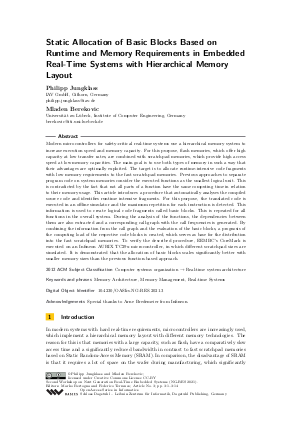OASIcs.NG-RES.2021.3.pdf
- Filesize: 399 kB
- 14 pages

 Creative Commons Attribution 3.0 Unported license
Creative Commons Attribution 3.0 Unported license















Feedback for Dagstuhl Publishing